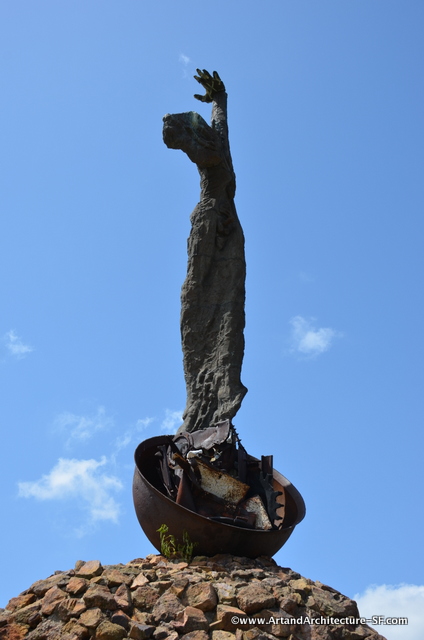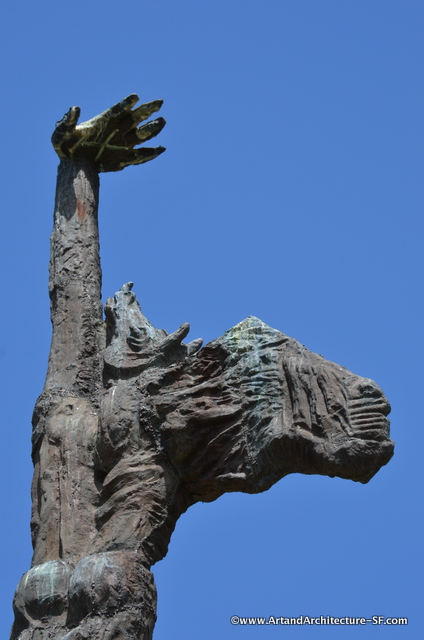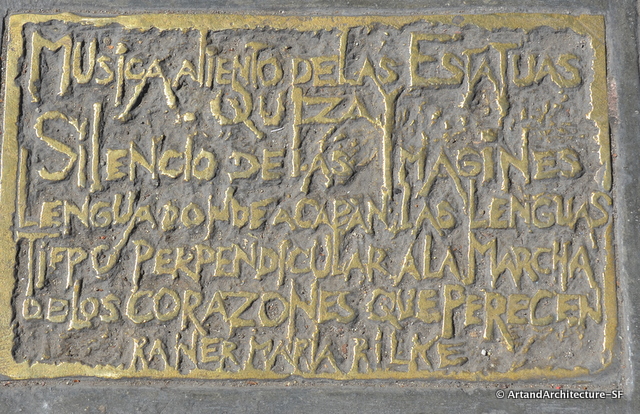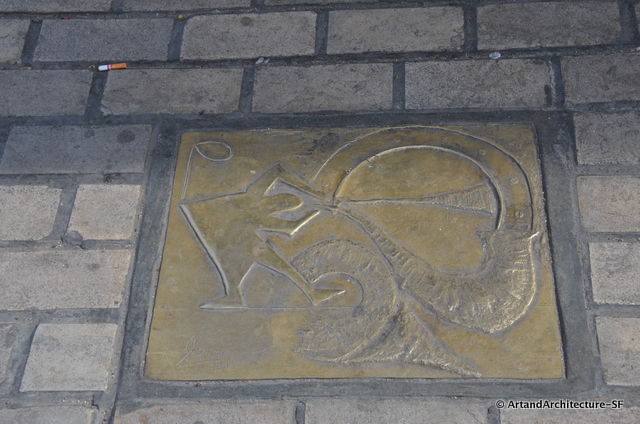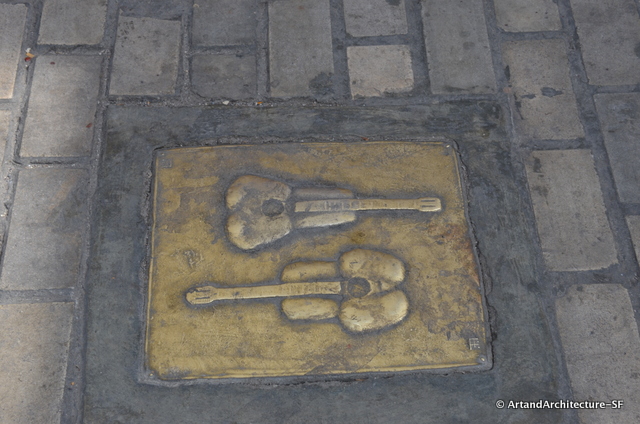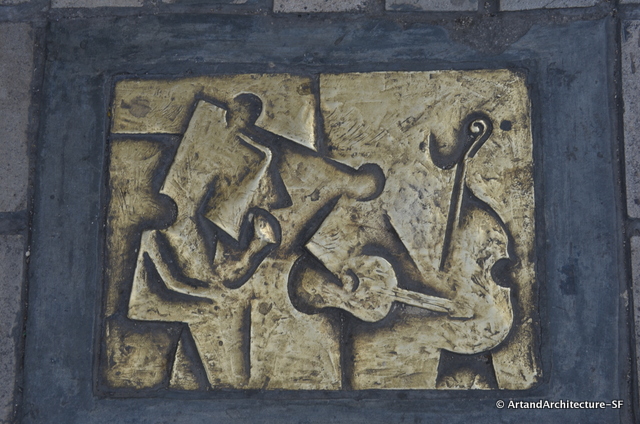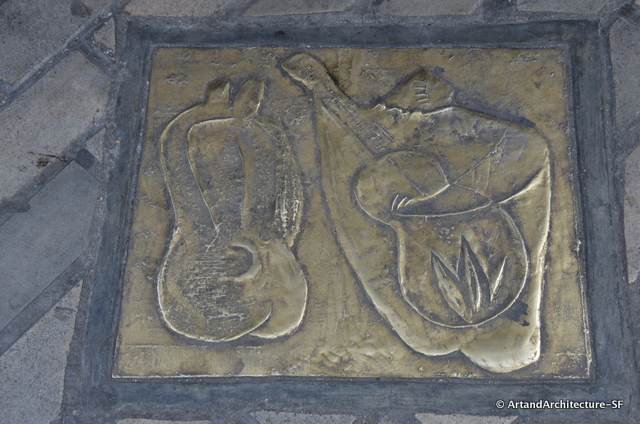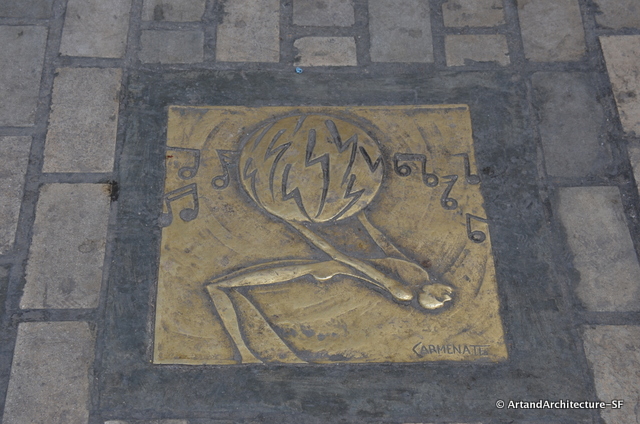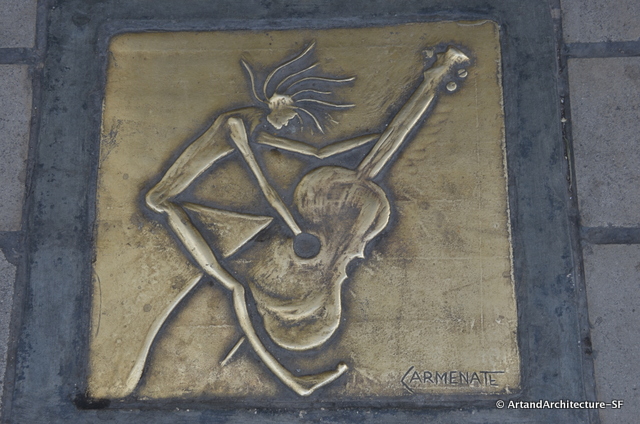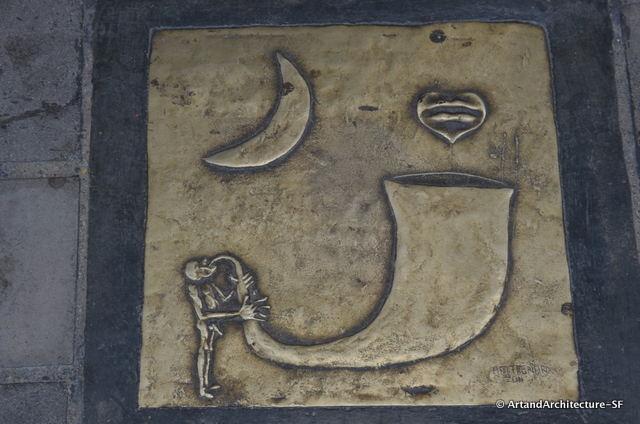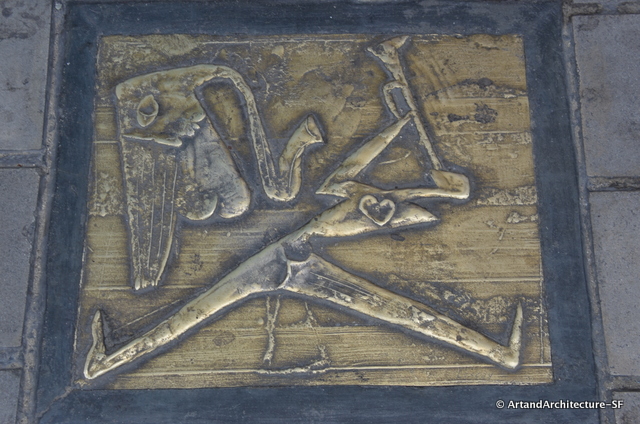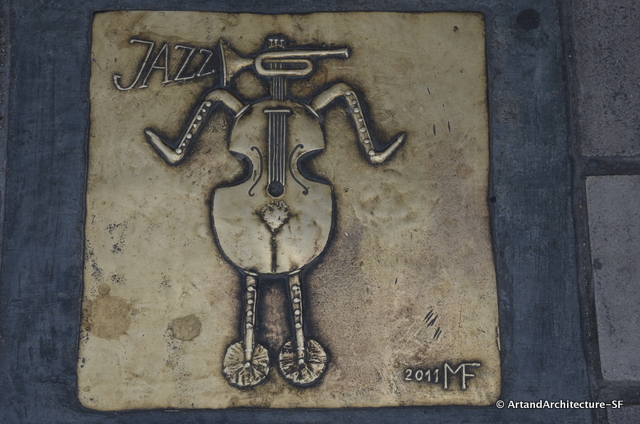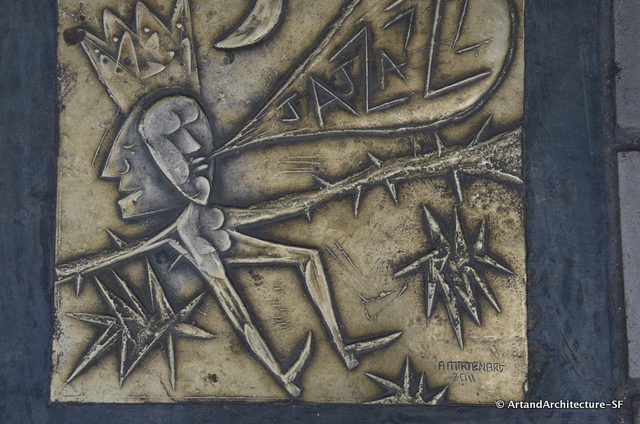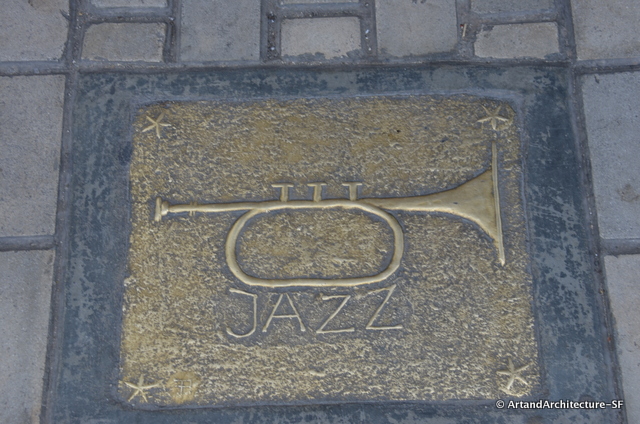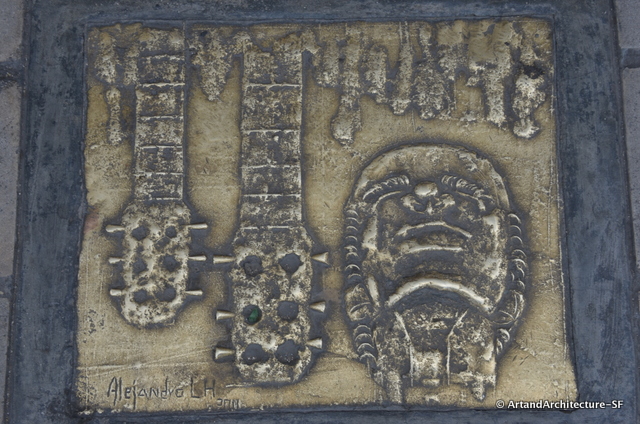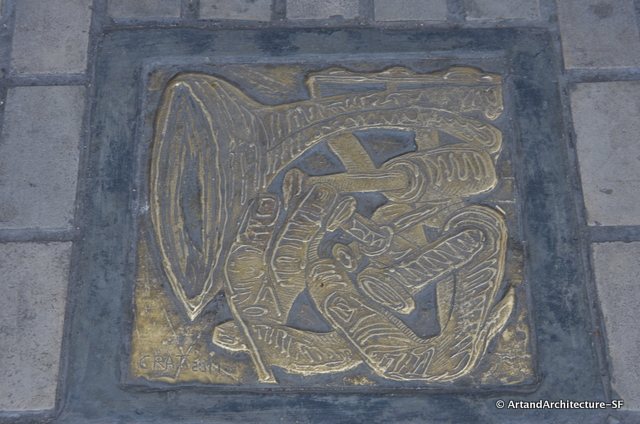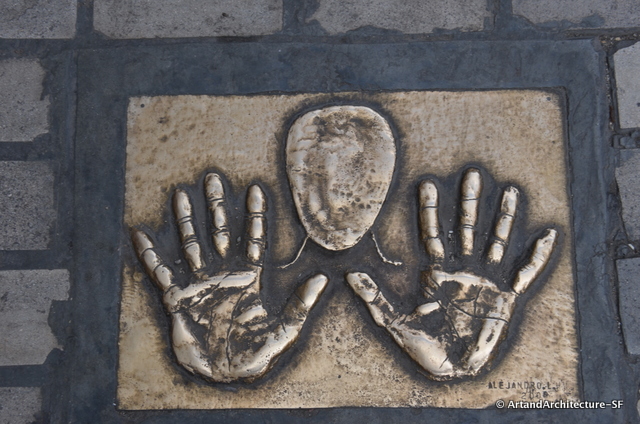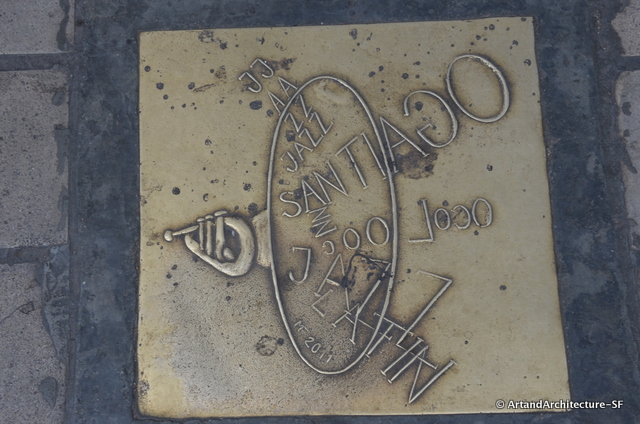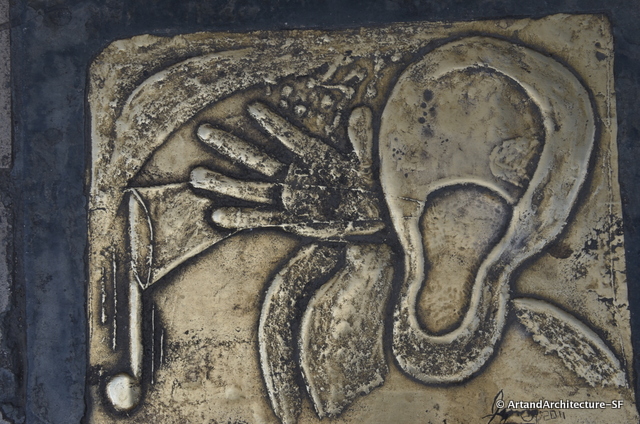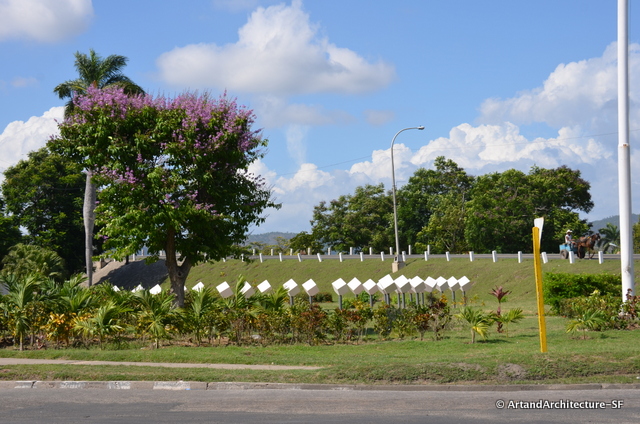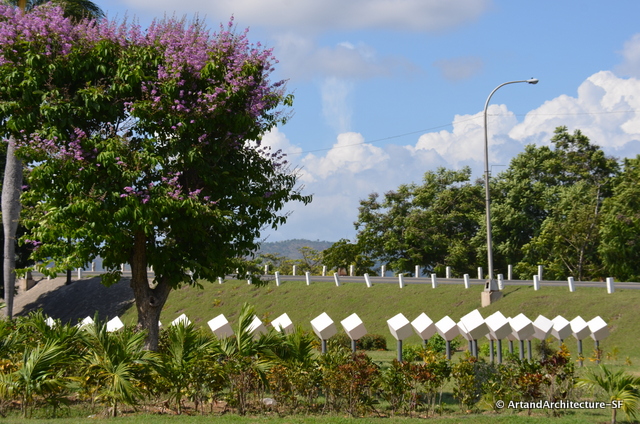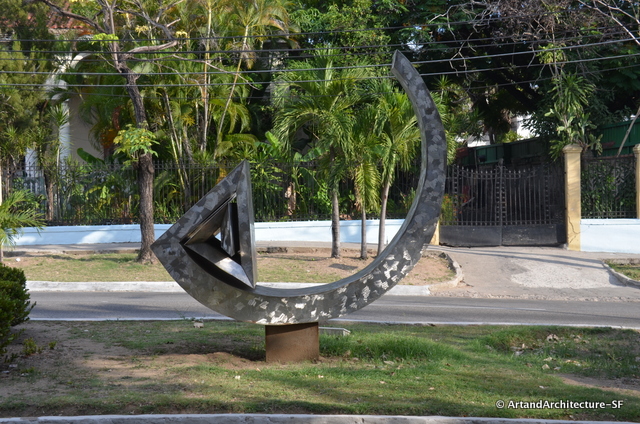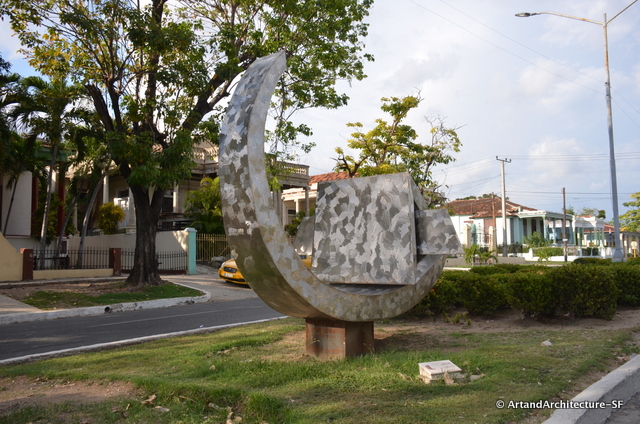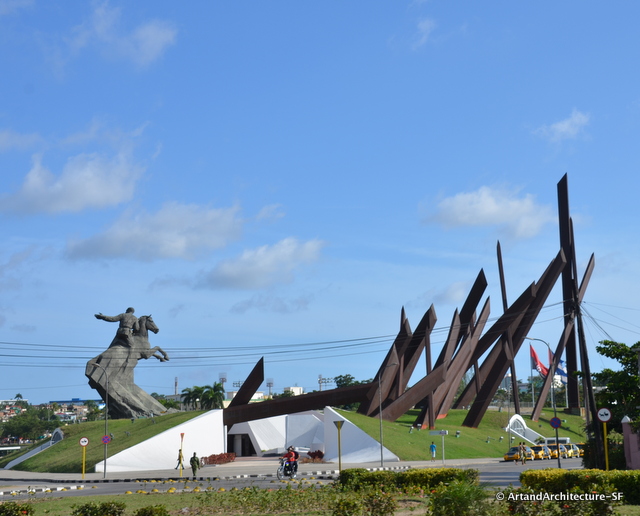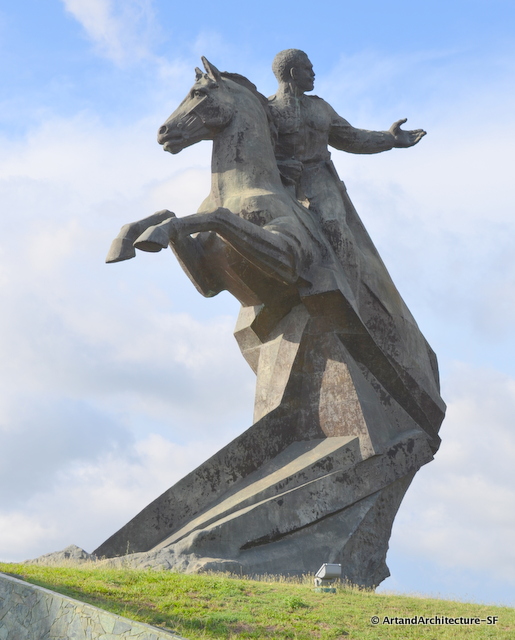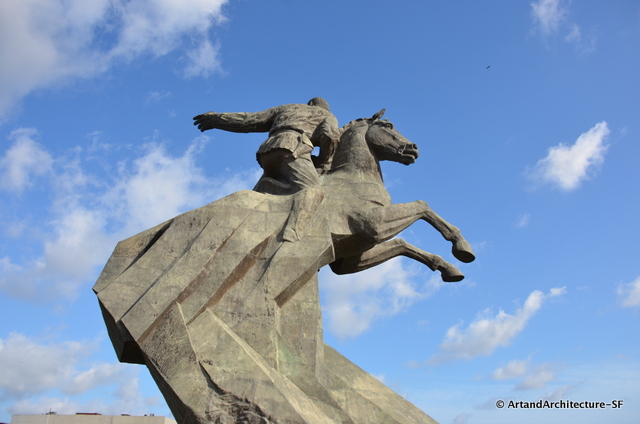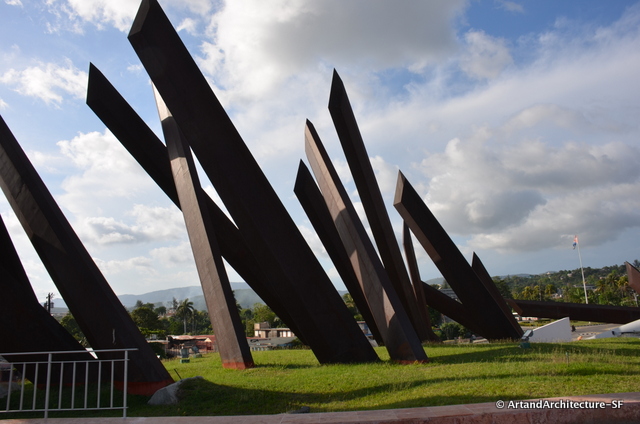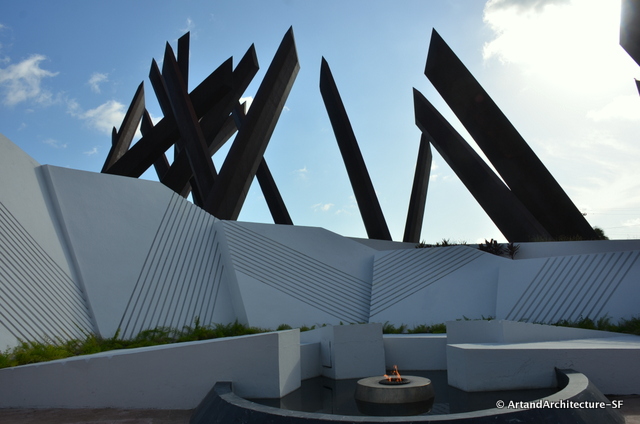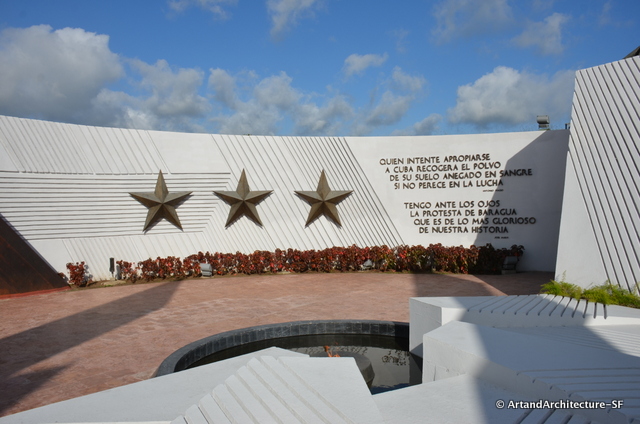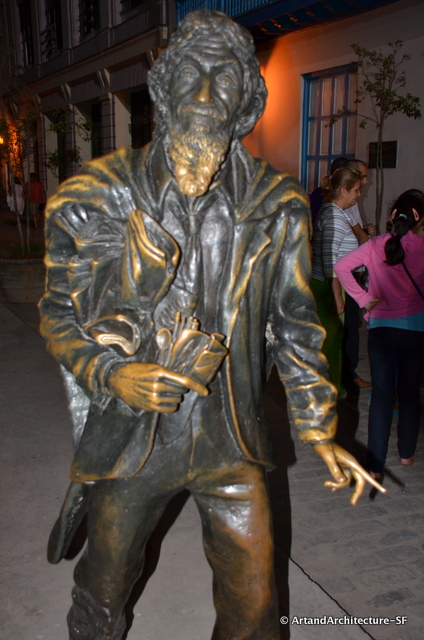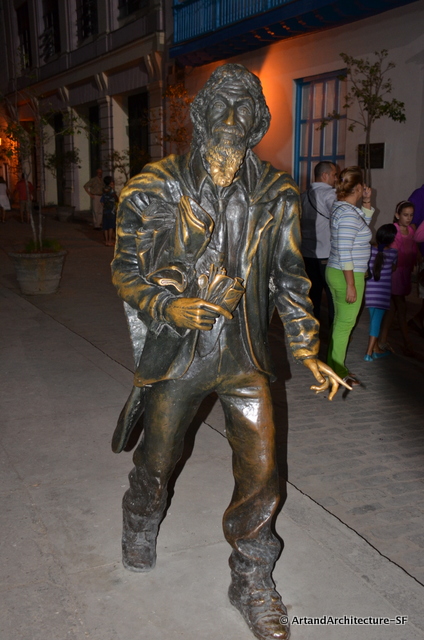The Monumento al Cimarrón, by Alberto Lescay, or Monument to the Runaway Slave is in the Cuban town of El Cobre. El Cobre is home to the cathedral that houses Cuba’s patron Saint the Virgin on Caridad.
Lescay has said “I feel the spirit of that work in others and I think I’ve found a road, because it is a very open proposal, not at all schematic or dogmatic and those are very universal codes that are expressed in it.”
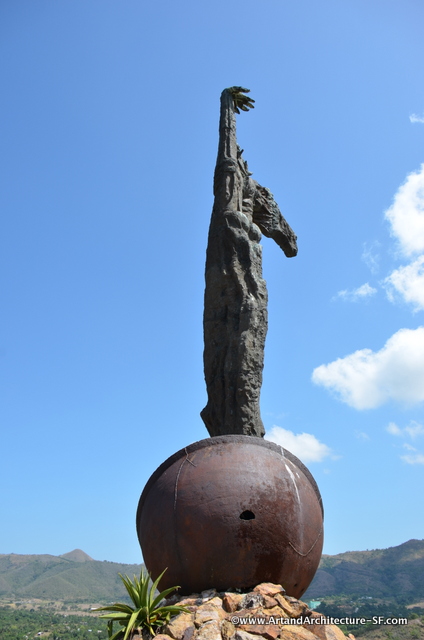 Lescay goes on to say that being a cimmarón is an attitude toward life, and will continue to exist as long as any trace or expression of slavery exist in the world, because “being free, never being fettered, is the most humane attitude there is.”
Lescay goes on to say that being a cimmarón is an attitude toward life, and will continue to exist as long as any trace or expression of slavery exist in the world, because “being free, never being fettered, is the most humane attitude there is.”
Cimmaróns were enslaved Africans who had escaped from their Spanish masters and lived together as outlaws. The term Cimarrón comes from the Taino word ‘si’maran’ meaning “the flight of an arrow”.
The sculpture requires an approximately 400 step climb after traveling for approximately 1/2 mile on a dirt road, but is well worth the visit.
Lescay has been in this site before with a piece in Santiago de Cuba.
